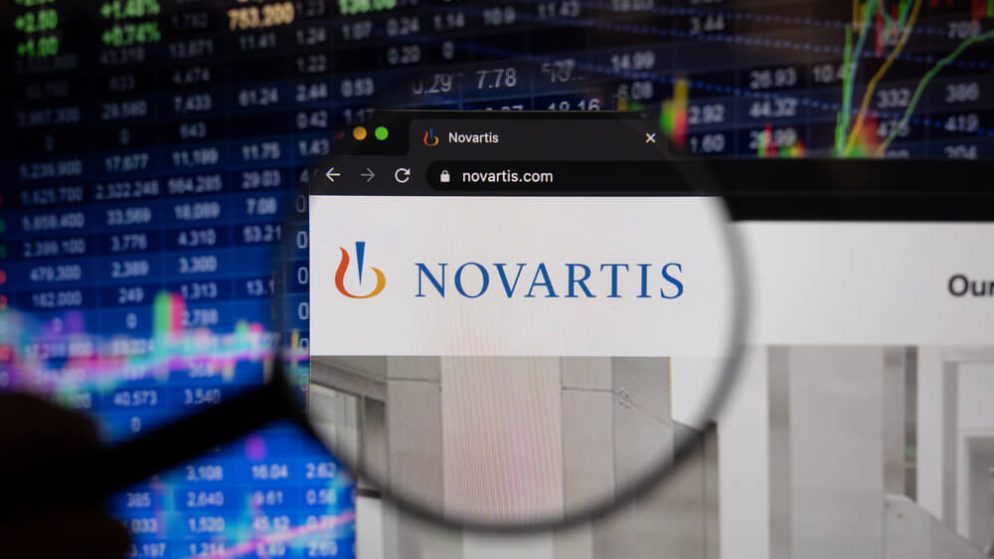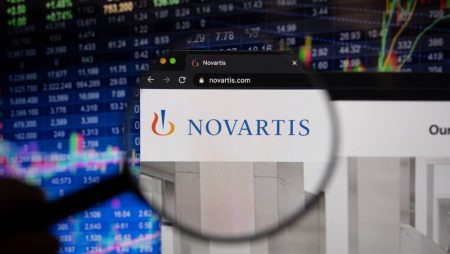



Get new exclusive access to healthcare business reports & breaking news




Novartis announced June 30th that it has signed an agreement to divest ‘front of eye’ ophthalmology assets to Bausch + Lomb, a global eye health company. The transaction is valued up to USD 2.5 billion, including USD 1.75 billion in upfront cash, plus additional milestone payments.
The deal includes Xiidra®, the first approved prescription treatment for the signs and symptoms of dry eye disease, and investigational medicine SAF312 (libvatrep), in development as a first-in-class therapy for chronic ocular surface pain (COSP), as well as the rights for use of the AcuStream delivery device in dry eye indications and OJL332, a second generation TRPV1 antagonist in pre-clinical development. Novartis focuses on developing and selling innovative medicines, this new deal being part of a yearslong effort to expand. Four years ago, the Swiss company spun off its eye care division Alcon, which sells contact lenses, diagnostics and ophthalmic drugs.
“This transaction will enhance our focus on prioritized innovative medicines to alleviate society’s greatest disease burdens, achieve the greatest patient impact and drive our growth strategy.”, said Ronny Gal, Chief Strategy & Growth Officer of Novartis. “Our ongoing portfolio refinement enables us to best deploy our scientific expertise and resources towards priority programs and therapeutic areas, while remaining open to opportunistic development for additional high impact conditions leveraging our advanced technology platforms. We believe that Bausch + Lomb has the capabilities, scale and commitment to continue the work of Novartis in delivering and developing much needed therapies for patients suffering from dry eye and related conditions.”
Under the terms of the new agreement, Novartis will receive milestone payments up to USD 750 million linked to anticipated future sales for Xiidra, SAF312 (libvatrep) and OJL332. Novartis will continue to supply Xiidra to patients on behalf of Bausch + Lomb, via transitional agreements for a limited period post-close, to ensure consistent supply for patients.
Closing is anticipated in the second half of 2023 subject to customary conditions.
Selling Xiidra and other assets like it allows Novartis to focus on the eye-related projects that align with its future strategy.
Novartis will continue its R&D efforts in addressing retinal diseases via platforms including gene therapy and optogenetics.
This is not the first time Novartis makes a move meant to improve its capacity to find new treatments for ophthalmological issues.
The company owns partial rights to the gene therapy Luxturna, and is developing other genetic medicines for other retinal conditions. Recently, the company has acquired biotechnology startups Gyroscope Therapeutics, Arctos Medical and Vedere Bio, each of them coming with eye-related gene therapies.
Back in 2020, Swiss software company RetinAL Medical AG announced they have signed a multi-year agreement with Novartis Pharma AG. The plan will see IT solutions and artificial intelligence tools created by RetinAI used by Novartis to support several ophthalmology and digital health projects. The agreement was to revolve around patients with neovascular age-related macular degeneration (nAMD). The same year, Novartis completed the acquisition of Amblyotech, a U.S.-based startup that uses 3D and video games to treat amblyopia, commonly known as ‘lazy eye’, in children and young adults. Novartis said, following the closure of the deal, it was going to work with video game developer Ubisoft and McGill University of Canada to pursue the development of the acquired digital therapeutic. The plan was for Ubisoft to help develop the Amblyotech software as a medical device, create a series of engaging games for it, and conduct a proof of concept study. Novartis has always been very keen on innovation. Back in 2018, it created Novartis Biome, a global network of digital innovation labs that empower several health-tech startup companies, thus disrupting healthcare. The pharmaceutical industry is starting to adapt to the need of embracing new models of healthcare that would incorporate more and more technological advancements.
However, Novartis also seems to know when to back out from partnerships that do not pay off.
Recently, Novartis and Biogen terminated its partnership with Sangamo, collectively valued in the billions of dollars, dealing a significant blow to the biotech’s pipeline and future potential.
The Novartis Institutes for BioMedical Research was the first to pull the plug on its collaborative deal worth nearly a billion with Sangamo. The titan Swiss drug maker notified Sangamo of this decision on March 17, essentially putting an end to the global collaboration agreement that both companies had signed in 2020.
Novartis is reimagining medicine to improve and extend people’s lives. They deliver high-value medicines that alleviate society’s greatest disease burdens through technology leadership in R&D and novel access approaches. In their quest to find new medicines, they consistently rank among the world’s top companies investing in research and development. About 103,000 people of more than 140 nationalities work together to bring Novartis products to nearly 800 million people around the world.
Bausch + Lomb is an eye health products company based in Vaughan, Ontario, Canada. It is one of the world’s largest suppliers of contact lenses, lens care products, pharmaceuticals, intraocular lenses, and other eye surgery products.